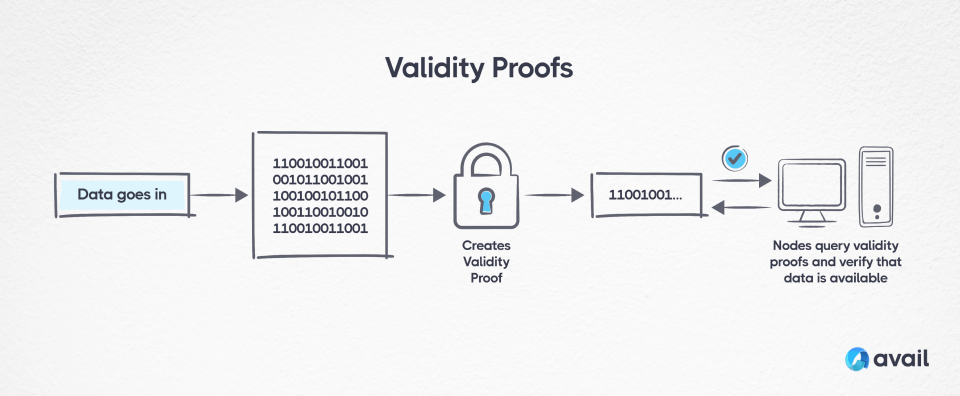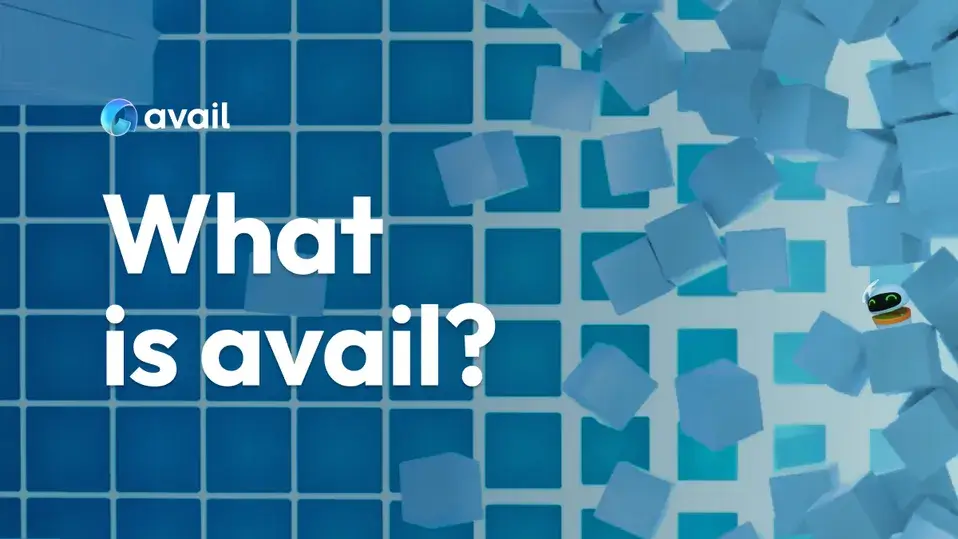Welcome to Avail’s Documentation!
Introduction to Avail
Avail aims to accelerate the unification of Web3 using its cutting edge modular technology stack that combines data availability, aggregation, and shared security.
While the Avail docs in their current state focus primarily on Avail DA, you can read these key blogs to learn more about our upcoming offerings as well as our vision for the unified future:
Some Quick Links
User Guides
Developer Documentation
Get testnet tokens from the faucetCheck out all endpoints and network informationDeploy your own rollup on Avail DAStart posting data to Avail DARun your own Avail light clientRun your own Avail nodeBecome a validator on Avail DA
API reference
Bug Bounty
Last updated on

